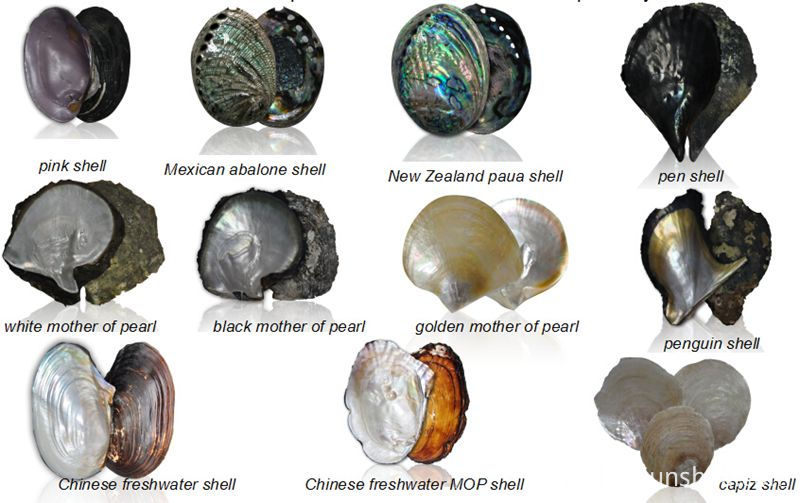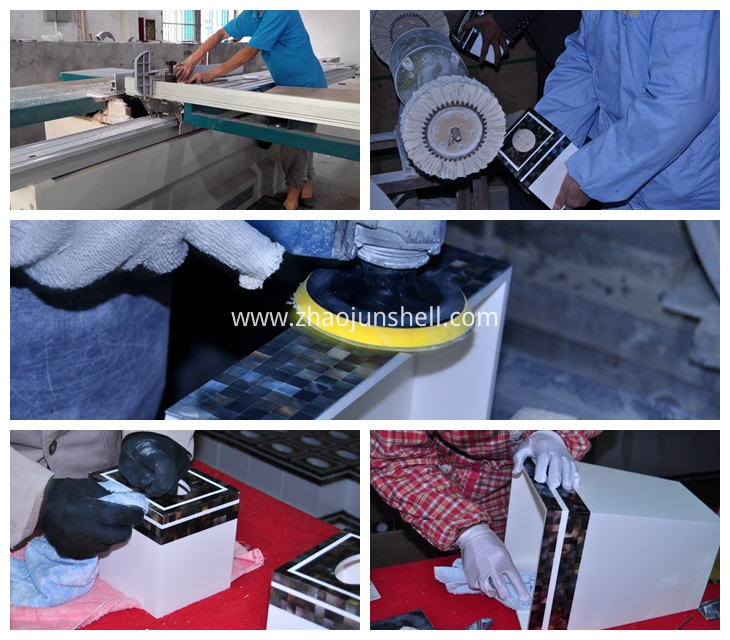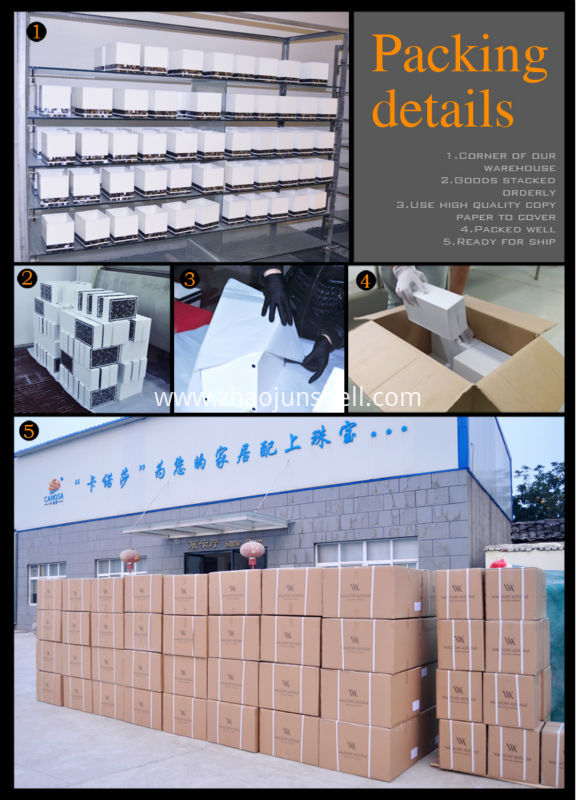With the development of industrial production and the increase of urban population, the amount of domestic wastewater treatment in urban areas has become larger and larger, and there is a large increase in the organic pollutants in wastewater, especially in the filtration and separation of industrial wastewater, and chemical industry, Wastewater in metallurgy, coking, light industry and other industries is the most important source of pollution, and its toxic and harmful substances have already threatened the ecological environment. ACF is suitable for the treatment of various organic wastewaters. It can treat chlorine-containing wastewater, pharmaceutical wastewater, phenol wastewater, organic dye wastewater, tetraphenyl wastewater, caprolactam wastewater, dimethylacetamide and isobutanol wastewater. Its adsorption capacity is much higher than that of powdered activated carbon. Especially suitable for high equilibrium concentration, the adsorption capacity per gram of ACF is nearly 3 times that of powdered activated carbon. After increasing the temperature, its adsorption capacity is higher. The sisal-based ACF can effectively remove various organic dyes in water such as methylene blue, crystal violet, chrome blue R, etc., and the removal rate is as high as 100%. The asphalt-based ACF containing cerium can effectively adsorb acid dyes. Acid blue 9, acid blue 74, acid orange 10, acid orange 51, etc., also used in direct dyes such as direct blue 19, direct yellow 11, direct yellow 50 and basic dye alkaline brown 1, alkaline cyan 3 and so on. The refinery wastewater and treatment results show that the effective purification rate of turbidity by refining wastewater treated with ACF is 100%, volatile phenol is 100%, COD is 88.3%, oil is 98. 4%, and sulfur dioxide, carbon dioxide, Both alkalinity and total phosphate have a purifying effect. After treatment of high concentration and complex shale oil dry distillation wastewater, the COD can reach less than 2 000 mg /
L, the COD used to treat the effluent is less than 1 000 mg / L.
In sewage treatment, the adsorption of activated carbon fibers is often used for secondary treatment or tertiary treatment. The use of activated carbon fiber in environmental protection engineering is safe in operation. Due to the small bulk density and thin stripping layer, it does not cause heat accumulation and overheating, and is not prone to accidents, and is energy-saving and economical. It is used for the treatment of large-scale water purification pools, which not only has high purification efficiency, but also has large processing capacity, compact compact footprint, low equipment investment and high efficiency.
Activated carbon fiber can also be used in water purification equipment of water plants and sugar factories, which can achieve the purpose of decolorization, deodorization, and removal of organic matter. Activated carbon fiber is widely used in the treatment of industrial waste water, removing gases and odorous substances, inorganic substances, organic substances in aqueous solutions, precious metal ions, microorganisms and bacteria. The adsorption recovery of low concentration adsorption has the advantages of large adsorption capacity, fast adsorption speed, fast desorption speed, low ash content, large processing capacity and long use time. The activated carbon fiber for water purification is filled with a special liquid synthetic antibacterial agent by the impregnation method. After drying, the antibacterial agent can be firmly fixed in the activated carbon, and is particularly suitable for a household water purifier. The small household water purifiers are diverse, and the ultra-small water purifiers developed in Japan can be used for travel, camping, mountaineering and disaster relief personnel. It has the functions of filtration, deodorization, sterilization and turning hard water into soft water, which has special functions for the treatment of water quality.
[Notes on using activated carbon to purify plating solution]
Activated carbon is a porous structural substance, which is obtained by impregnating raw materials with chlorides and acids, then carbonizing at low temperature, then burning and activating or purifying pure carbon in a gaseous medium at a high temperature. The powder surface area of ​​1g activated carbon is as high as 500-1500m2, and has excellent adsorption performance. In the purification of various plating solutions, its main role is to remove oils, organic impurities and decomposition products of various additives.
What should I pay attention to when using activated carbon to purify the plating solution?
1) Select a suitable activated carbon product. The activated carbons on the market are granulated and powdery. It is convenient to use granular activated carbon for filtration, but the treatment effect is far less than that of powdered activated carbon. The reason is that the powder has a much larger specific surface area than the granular one. Choose according to the degree of contamination of the plating solution.
2) Activated carbon should contain no impurity ions harmful to the plating solution. At present, the raw materials for the manufacture of activated carbon are mainly the shells of wood, coal and hard shell nuts (such as coconut). Practice has proved that in the purification of plating solution, activated carbon made from hard husks is superior to activated carbon products made from coal. Inferior activated carbon often contains more impurities such as zinc and should not be used. If activated carbon containing zinc impurities is used in the purification of nickel plating liquid, it will cause more serious pollution results (such cases are not uncommon).
3) The dosage should be sufficient. For plating solutions with different levels of organic impurities, appropriate input should be taken, generally 2~5g/L. If the dosage is insufficient, the treatment effect is not good. The amount of activated carbon can also be determined by a small test using a small process test tank or a Hull tank.
4) The θ and pH of the treated bath should be appropriate. Most of the plating solutions have a good treatment effect with a θ of 55 to 70 ° C and a pH of 5 to 6. θ and pH should remain stable throughout the treatment.
5) Stirring should be sufficient and uniform. It is advisable to use intermittent filtration and compressed air for intermittent strong agitation. If manual agitation is used, it should be carried out continuously in the plating tank without leaving a dead angle. t stirring should generally be 2 ~ 4h.
6) Rest time. After the adsorption process is completed, the plating solution should be allowed to stand for a period of time and then filtered, t is still for 6 to 12 hours; after sufficient precipitation, it is filtered 2 to 3 times until there is no residual carbon powder in the plating solution, and the plating solution is in bulk color (none Charcoal black) so far.
7) Prevent detachment. When the activated carbon is continuously filtered by the electroplating process, when the activated carbon is saturated, the activated carbon in the filter element should be cleaned and replaced in time to prevent desorption and impurities from re-contaminating the plating solution.
[Method for identifying activated carbon]
Activated carbon is a more meticulous thing, so everyone must be cautious when purchasing. Below we will provide you with some methods to identify activated carbon.
Look at its ability to bleach. Another manifestation of the adsorption capacity of activated carbon is its ability to decolorize, which can turn colored liquids into light or colorless. We can take two transparent cups, one of which is put into pure water, and then drop a drop of red ink (here you can use any kind of pigment that is easy to observe but does not change the nature of the water, such as blue ink. The color ink of the printer, However, carbon ink and ink are not available. After mixing, pour half of the colored water into another cup. At this time, the activated carbon can be placed in one of the colored waters, and the quantity must reach half or more of the water. After about 15 minutes, we can compare the two cups of water. The stronger the decolorization effect under the same conditions, the activated carbon. The stronger the adsorption capacity.
Look at the bubbles of activated carbon. Everyone can grab a piece of activated carbon into the water. Due to the penetration of water, the water will gradually invade the pore structure of the activated carbon, forcing the gas in the pores to escape. Then we will see a series of extremely small bubbles pulling out a piece of water in the water. Beautiful bubble lines. At the same time, they also emit a sound of bubbles, which is also very interesting. However, the more intense this phenomenon occurs, the longer the duration, the stronger the adsorption performance of activated carbon.
1. Feature of Mother of Pearl
1), Exquisite pearl texture
MOP is the mother of pearl cultured all kinds of pearls, and the colors are natural and lustrous, elegant and charming.
2), Breath of the Oceans
Because of sea differing climate of the would's sea area, it cultivates natural and colorful mother of pearl. With special textures and shades, the colors of MOP are pearl white, golden, champagne, pink and mysterious black,etc.
3), Green and Natural
Mother of pearl cultures the pearl; It's very strict to the environment of growth waters, so the worldwide pearl farms select the fine-quality waters for breeding.
4), Enviromental protection and health
The vast majority of pearls are cultured. Also we have passed SGS certification, which shows our products are completely harmless to human health. It complys with the modern design concept of enviroment protection and returning to its original nature.

2, Production Process
One finsihed product needs at least 15 processes.
For resin, first cutting the resin panel into the required size, and chamfering the small panel to 45 degree or other angle. Then assemble the panels into a tissue box or other items by resin glues......
For mother of pearl, first selceting and polishing the raw material, then cut it into shell pieces, making then into same thickness and same size. Then sticking on the semi finished product by glues......

3, Packaging
1) Semi finished products in our warehouse;
2) Products ready for pack;
3) Use high quality copy paper & bubble wrap to cover each products;
4) Put single item into inner box, then into large carton;
5) Packed well and waiting for containers arrive! (carton can be with wooden frame as client's need).

4, FAQ
1), Are you products made from real mother of pearl, or just imitation?
Of course these are made from real and natural mother of pearls, and the colors are matural of shell themselves, which cannot be imitated, for it's pearl texture and lustre.
2), What are your main products?
Our main products are mother of pearl home & hotel supplies, including bathroon set, photo frame, Candle Holder, Mother of Pearl Boxes,etc.
3), What's your MOQ ?
For bathroom accessory set, MOQ will be 50sets; While for single product, MOQ will be 200pcs or 500pcs.
4), Can you send samples ?
Samples can be sent for evaluation , usually sample fee will be charged and you bear the freight cost. After you place official order to us with certain amount, sample cost can be refundable.
5), What's your lead time for samples and bulk order ?
Usually 5-10 days for samples, and 15-40 days for bulk order, just depending on the order quantity.
6), How can you make sure that the products arrive at the destination safely, without damage ?
Our package way is carton, inside is high quality copy paper and bubble pack for each item, also put into small inner box respectively, which can protect the items from damaging.
Mother of Pearl & Semi-precious Stone Furniture
Mother of Pearl Inlaid Furnitures, High Quality Furnitures, Luxury Furnitures with Semi-precious stone inlaid
Jiangxi Zhaojun Industrial Co.,Ltd , http://www.zhaojunshell.com